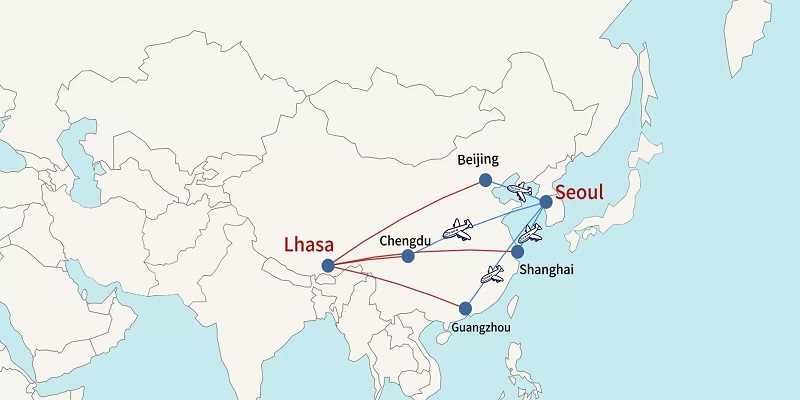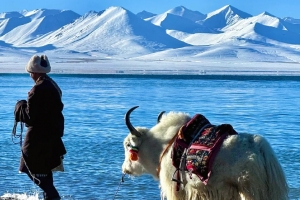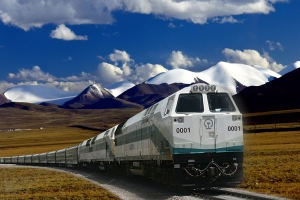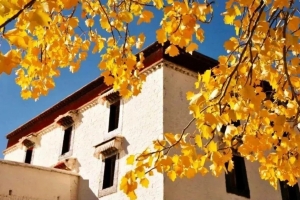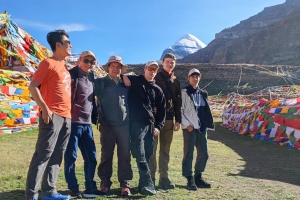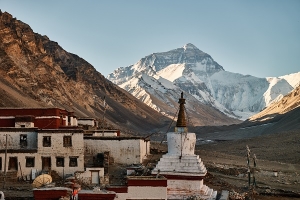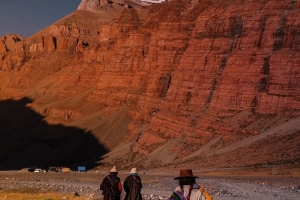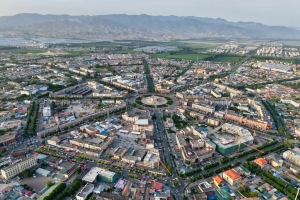A journey from South Korea to Tibet combines cultural immersion, stunning landscapes, and spiritual discovery. Although there are no direct flights from Seoul to Lhasa, travelers can seamlessly connect through Beijing, Shanghai, Guangzhou, or Chengdu, each offering both air and rail options to reach the “Roof of the World. South Korean passport holders benefit from China’s 30-day visa-free entry policy valid until December 31, 2025, simplifying the transit process. However, independent of your visa status, a Tibet Travel Permit is mandatory, and processing times vary by destination – Shigatse permits take around ten days, while Ngari (for Mt Kailash) can require up to a month. Planning ahead ensures that all documentation, including invitation letters and itineraries provided by a reputable Tibet tour operator, is in place before departure.
Required Documents and Permits from South Korea to Tibet
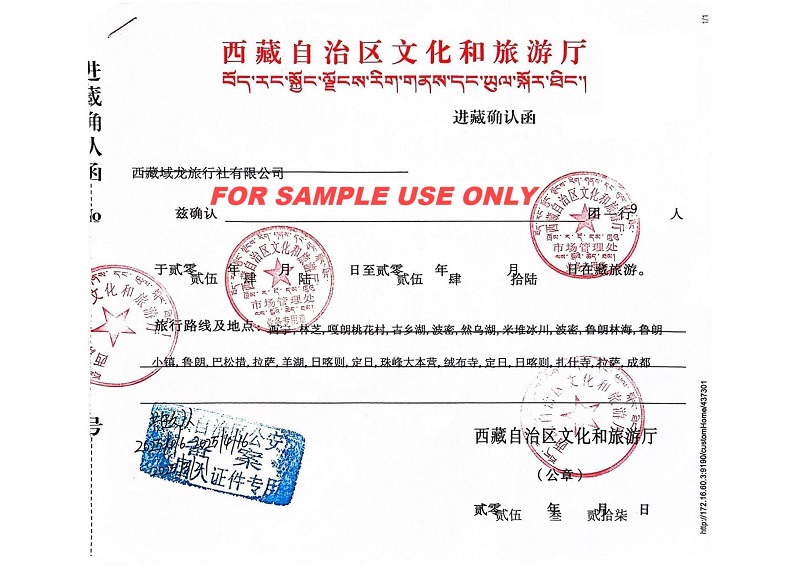
Travelers to Tibet must obtain two primary documents: a China entry visa (unless covered by the 30-day visa-free policy) and a Tibet Travel Permit. To secure the Tibet Travel Permit, book a guided tour through a licensed Lhasa-based agency, which will submit your passport copy and itinerary to the Tibet Tourism Bureau on your behalf. For expedient processing, agencies recommend submitting materials at least 20 days before travel; urgent applications (4–5 days) may incur additional fees. Once approved, collect the original permit from your agency’s local office—airlines will require the physical document at check-in for flights to Lhasa.
South Korea to Tibet Major Gateway Routes via Mainland China
Seoul–Beijing–Lhasa
- Seoul to Beijing: Multiple carriers (Korean Air, Asiana, Air China) operate ICN–PEK/PKX flights in approximately 2–2.5 hours. Fares typically start around USD 90 one-way (KRW 112,000).
- Beijing to Lhasa (Flight): Air China and Tibet Airlines serve PEK/PKX–LXA nonstop in about 4 hours 20 minutes; average one-way fares hover near USD 300 (KRW 660,000).
- Beijing to Lhasa (Train): The Z21 overnight train departs Beijing West at 19:53 and arrives in Lhasa at 11:36 two days later, spanning 3,757 km in roughly 39 hours 43 minutes. Soft-sleeper tickets are about CNY 1,200 (KRW 238,000).
Seoul–Shanghai–Lhasa
- Seoul to Shanghai: Direct flights ICN–PVG take 2–2.5 hours with fares starting near USD 85 one-way (KRW 118,000) on carriers including China Eastern and Spring Airlines.
- Shanghai to Lhasa (Flight): Most routes involve a stop in Xi’an or Kunming, totaling around 8–9 hours of air travel. Round-trip fares average USD 350 (KRW 471,000).
- Shanghai to Lhasa (Train): Z164 departs Shanghai Railway Station nightly, arriving in Lhasa after approximately 44.5 hours; soft-sleeper tickets cost about CNY 842 (KRW 263,000).
Seoul–Guangzhou–Lhasa
- Seoul to Guangzhou: Flights ICN–CAN require 3.5–4 hours, with one-way fares from USD 87 (KRW 135,000) on China Southern and Korean Air.
- Guangzhou to Lhasa (Flight): Typical itineraries connect via Chongqing or Shangri-La, totaling about 6 hours in the air; round-trip tickets average USD 300 (KRW 425,000).
- Guangzhou to Lhasa (Train): Z264 departs Guangzhou Railway Station at 09:15, arriving in Lhasa after 53 hours 2 minutes. Soft-sleeper fares are roughly CNY 865 (KRW 306,000).
Seoul–Chengdu–Lhasa
- Seoul to Chengdu: Direct ICN–CTU flights last about 4 hours; one-way fares start at USD 99 (KRW 320,000) on Sichuan Airlines and China Eastern.
- Chengdu to Lhasa (Flight): Over ten daily flights from TFU/CTU to LXA take around 2.5 hours; typical round-trip fares are USD 322 one-way (KRW 539,000).
- Chengdu to Lhasa (Train): Z322 runs every other day from Chengdu West at 21:11, covering 3,070 km in about 34 hours 30 minutes. Soft-sleeper tickets cost CNY 998 (KRW 208,000).
Alternative Overland Route via Nepal
While mainland China remains the most efficient entry corridor, travelers with Nepal on their itinerary may consider crossing from Shigatse to Nepal’s Gyirong border. Overland journeys traverse high-altitude passes, pristine lakes, and monasteries before arriving in Kathmandu. Flights from Lhasa to Kathmandu (LXA–KTM) operate four times weekly, in 1.5 hours, with round-trip fares around USD 399 (KRW 850,000).
Practical Tips for a Smooth Journey
- Advance Booking: Secure your Tibet Travel Permit 20–30 days before departure, especially for Ngari or Everest Base Camp itineraries.
- Altitude Acclimatization: Opting for the train allows gradual adjustment to high elevation, reducing AMS risk.
- Document Checks: Always carry physical copies of your Tibet Travel Permit and Chinese visa when boarding domestic flights.
- Seasonal Considerations: Peak travel months (May–October) fill quickly—book flights, trains, and tours early to lock in availability.
- Local Connectivity: Arrange in-country transport and accommodations through a trusted agency to navigate regional restrictions and best routes.
Start your Tibet Tour with Journey2Tibet
Traveling from South Korea to Tibet is fully achievable via multiple Chinese gateways or overland through Nepal. The 30-day visa-free policy for Korean tourists simplifies initial entry, but securing a Tibet Travel Permit and planning logistics—flights, trains, and acclimatization—are crucial for an enjoyable pilgrimage. Journey2Tibet specializes in crafting tailored itineraries that blend spiritual sites, cultural immersion, and scenic exploration. Let us handle your permits, transportation, and local arrangements, ensuring a seamless and enriching journey to the heart of the Himalayas.

